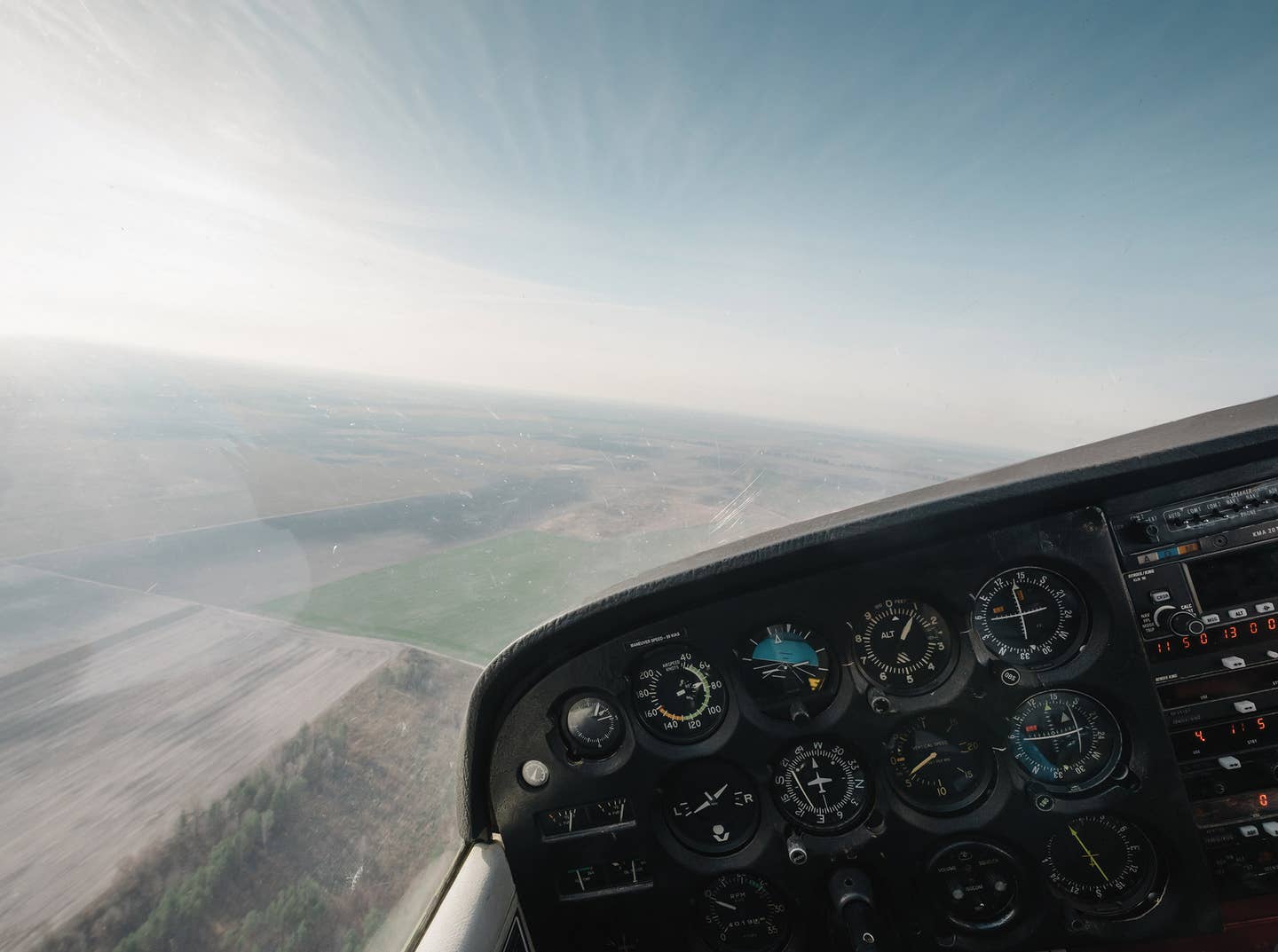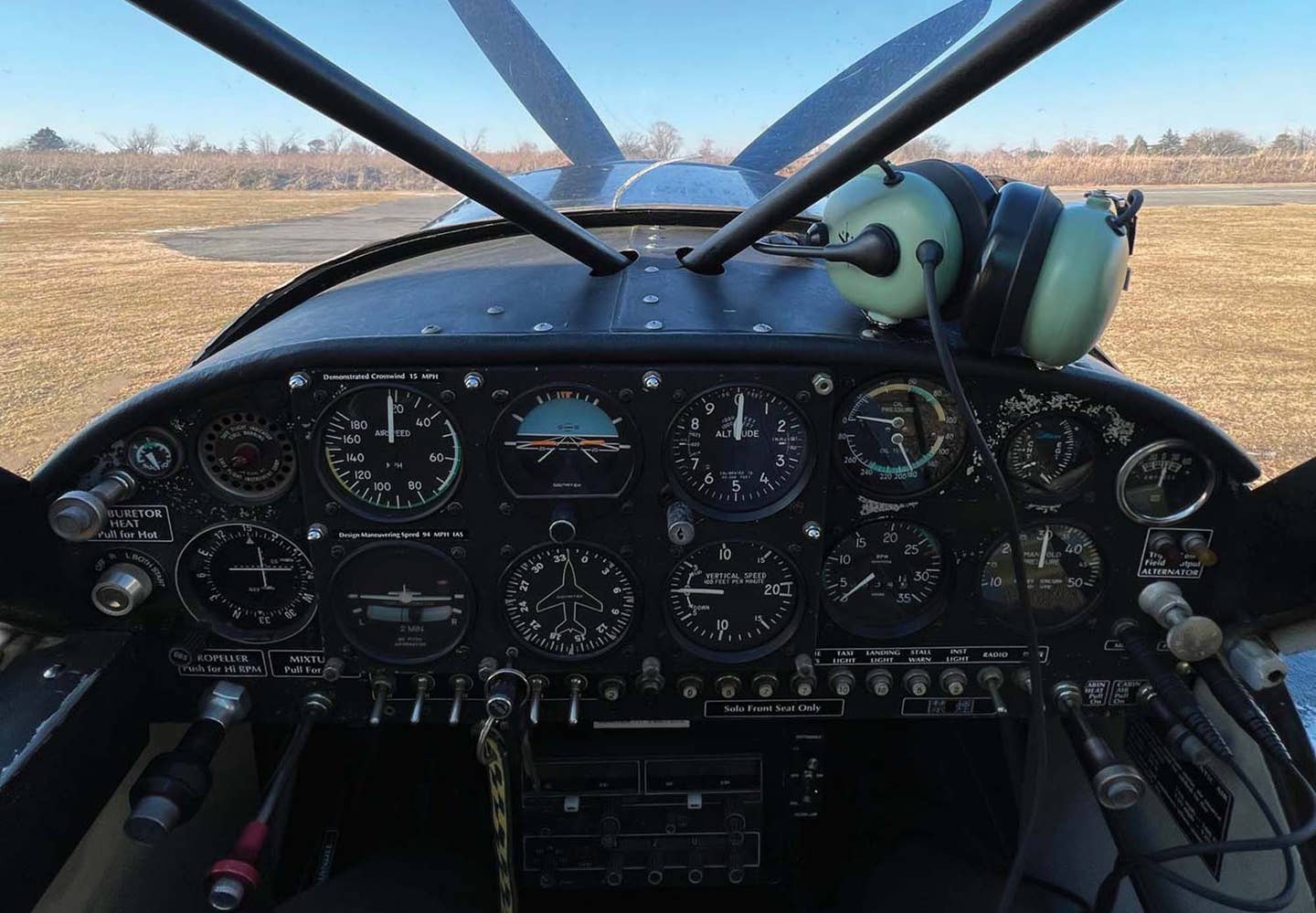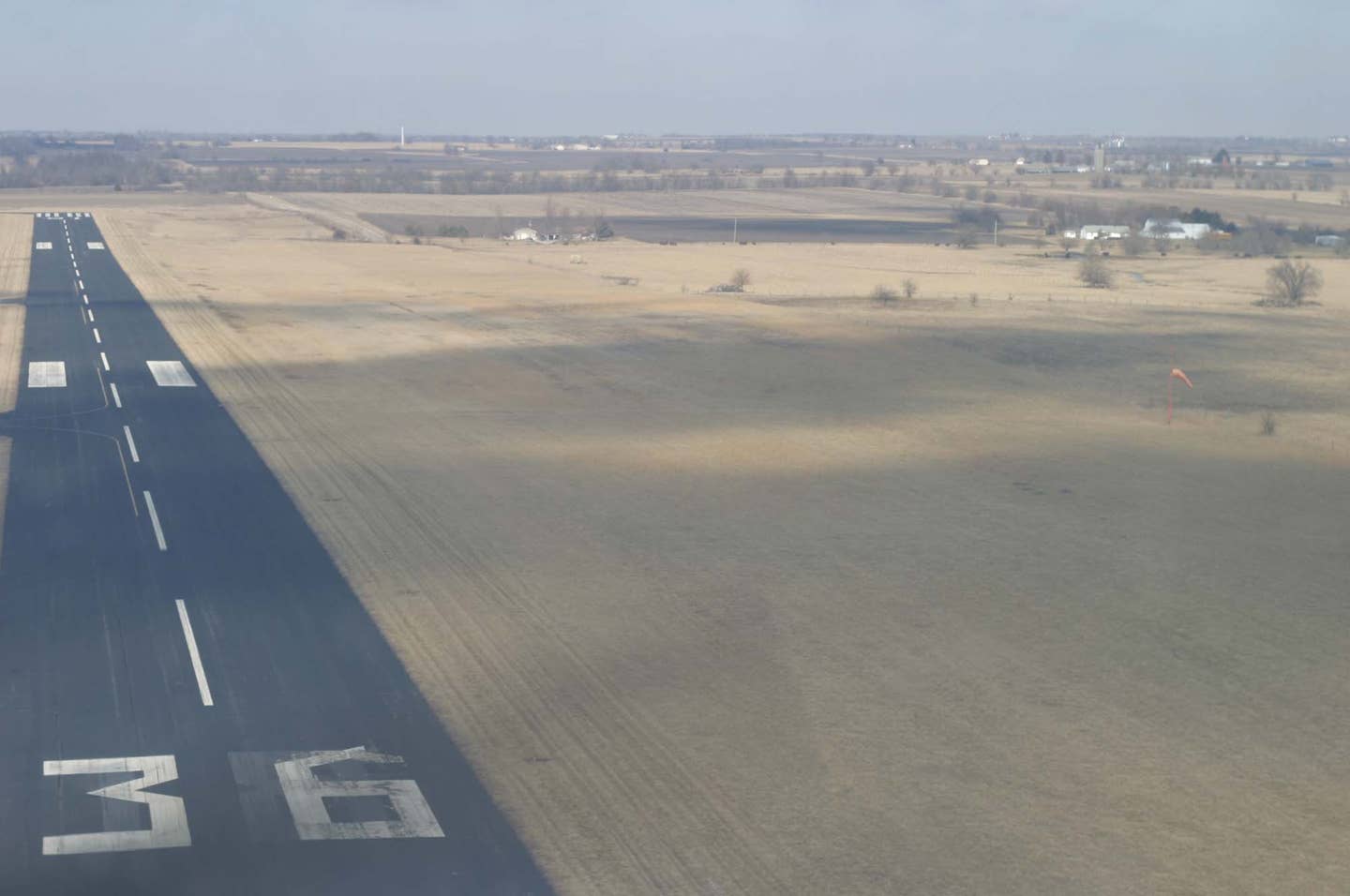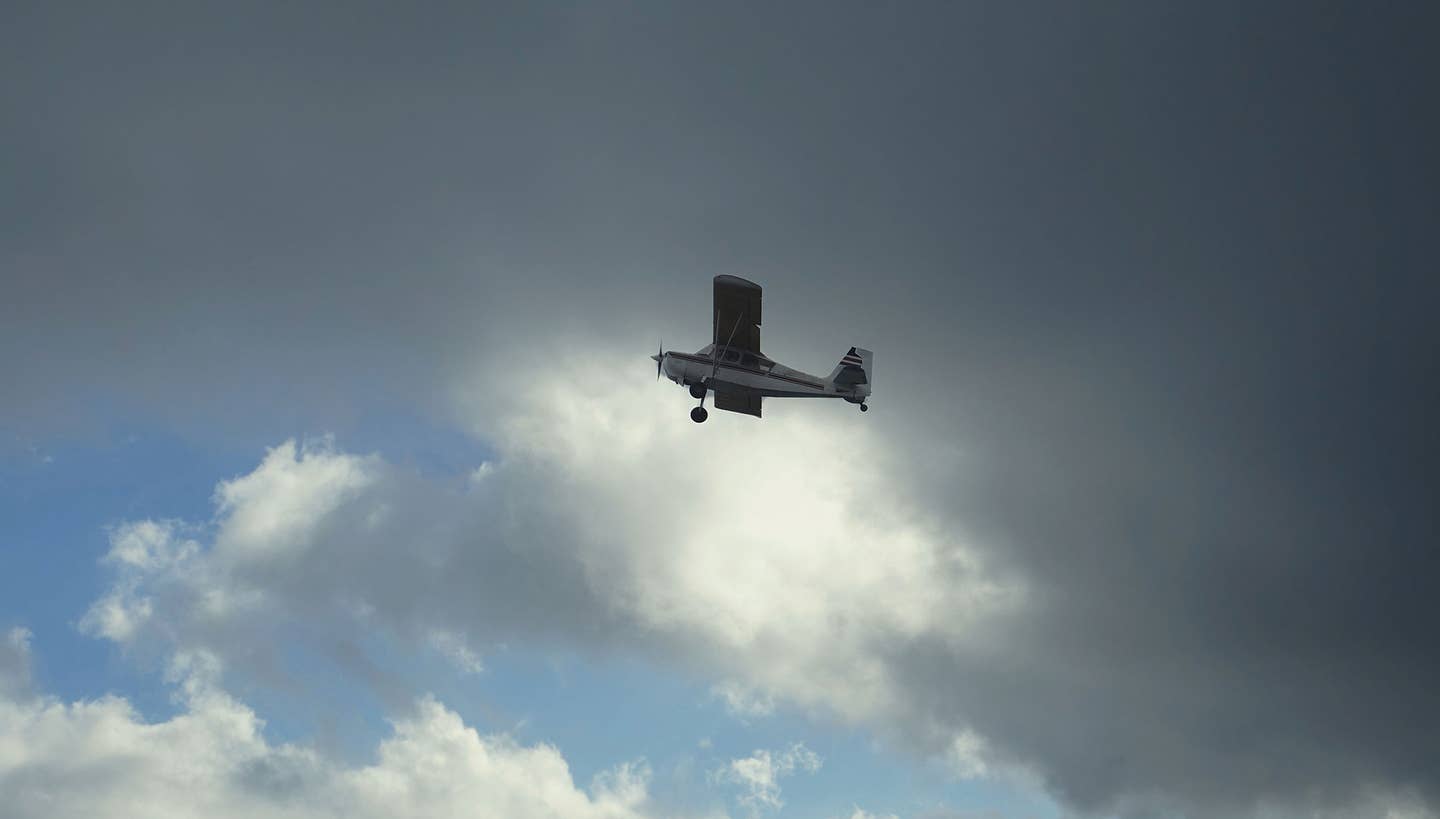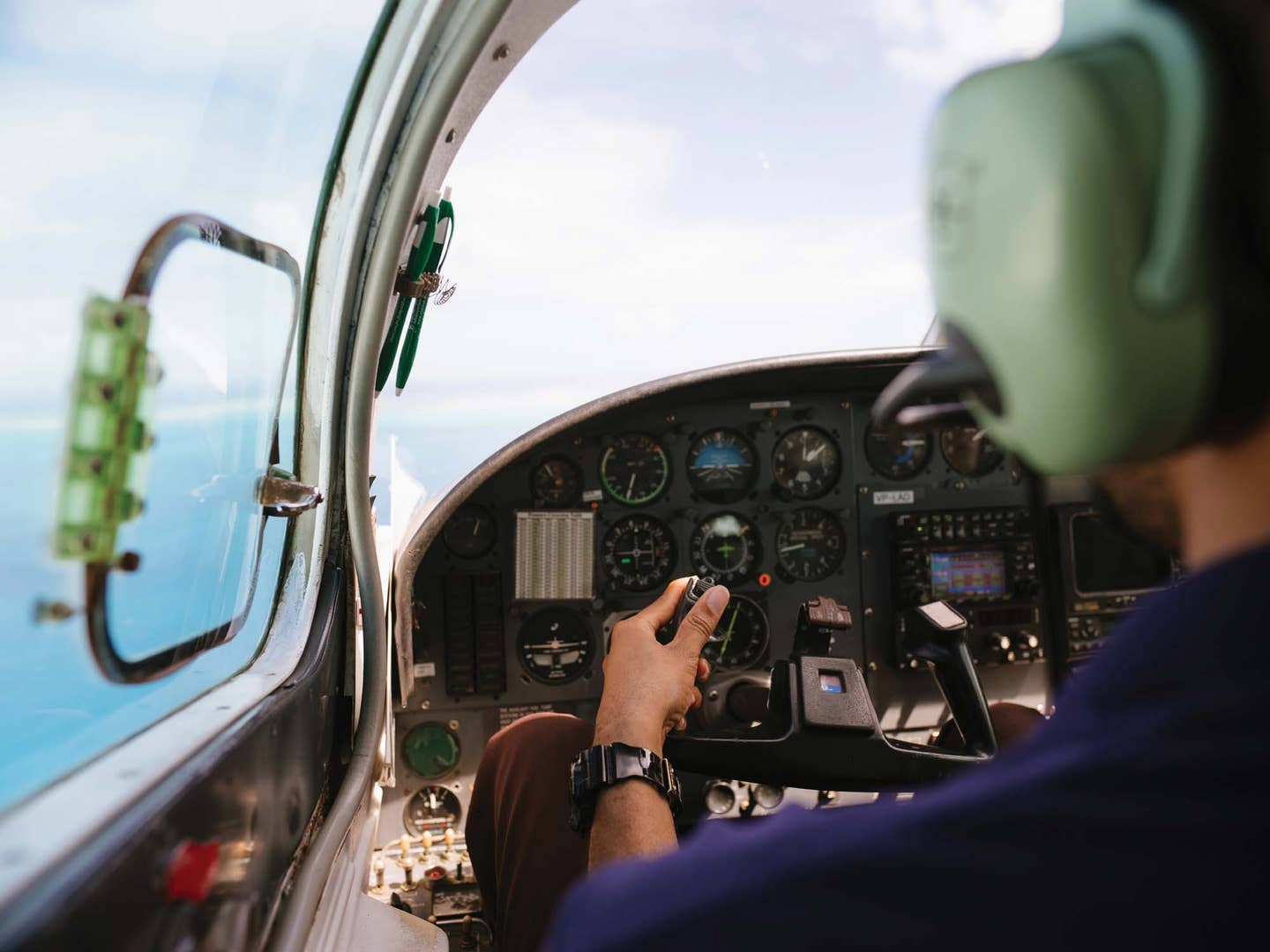
Last summer I had the golden opportunity to fly a single-engine airplane, not once, but twice, round trip to Wittman Regional Airport (KOSH) in Oshkosh, Wisconsin.
The first was a solo IFR trip in my 1976 Cessna 177B Cardinal to attend the National Intercollegiate Flying Association (NIFA) competition. The second, two months later, was an invitation to fly IFR to EAA AirVenture and back in my friend Jim’s turbocharged Mooney 201.
Both trips involved similar routes, the same destination, and periods of both VFR and IFR weather. Looking back on both these experiences, the primary difference was that the first was guided by the principle of single-pilot resource management (SRM) and the second by its older sibling, crew resource management (CRM).
The term crew resource management is generally credited to NASA psychologist John Lauber. His team developed the concept in the late 1970s to improve “interpersonal communication, leadership, and decision-making” in aircraft flight decks. CRM has gone on to become a staple of airline and military flight training.
A little over 20 years later, the term single-pilot resource management evolved from FAA/university research into the emerging generation of general aviation long-distance travel machines, such as the Cirrus SR22. SRM is defined as “the art of managing all onboard and outside resources available to a pilot before and during a flight to help ensure a successful outcome.”
Simply put, SRM is about information collection, processing, and workload management. CRM focuses more on interpersonal relationships, leadership, and communication. Both are designed to help pilots make better decisions.
Solo to Oshkosh
Frankly, I was excited by the prospect of a long solo IFR cross-country flight. As I started to plan it, I thought about the concept of SRM and set some ground rules for myself.
First, I planned to fly into midsize airports equipped with both approach radar and an operating tower. While the temptation to find cheaper gas at an uncontrolled field loomed large, the extra services provided by the approach control, clearance delivery, and a busier FBO seemed to make more sense. The intermediate stops on the way north from Florida included Athens, Georgia (KAHN; it’s a quick turn that gets you around the Atlanta Class B), Bowman Field in Louisville, Kentucky (KLOU; don’t miss the beautiful art deco terminal), and Hulman Field in Terre Haute, Indiana (KHUF; the Indiana State students who work the FBO are amazing).
In true Oshkosh tradition, I wanted to arrive at KOSH with a nearly full tank of gas. So, iPad in hand, ADS-B on, and GPS programmed, I set off to the mecca of GA. More about this plan later.
Dual to AirVenture
When Jim asked me to join him in his Mooney for the trip to AirVenture, I jumped at the chance. The Mooney was faster and higher-flying. Jim spared no expense on maintenance, and he and I had flown together on several occasions. The last point was the critical one. Jim and I are nearly the same age, have similar backgrounds, and have both flown multicrew airplanes for much of our lives.
In previous flights, we had shown an ability to work together well and were unafraid to question each other about proper procedures. In short, we were schooled in CRM and were comfortable applying it to the flight.
Jim set the tone for the trip when he announced that “if either of us was uncomfortable with anything, we would go with the most conservative decision.” I liked the sound of that and decided that I would be a good first officer while I learned about his airplane. Jim’s Mooney was more complex than my Cardinal. I was a Garmin guy and Jim’s Mooney was Avidyne. And by the end of a few days of flying I managed to tune my ear to catch his N-number, most of the time.
Since we had two heads and four hands to manage traffic, copy clearances, and otherwise divide the responsibilities, we were agreeable to flying three legs northbound in and out of nontowered airports. At each stop, we had a prechoreographed routine with Jim managing the self-service fueling and flight planning and me searching for provisions (the sandwiches at the Country Cupboard near the Crossville, Tennessee, airport [KCSV] are not to be missed) and taking care of a myriad of other details.
Along the way, we discovered that each of us conducted at least three landing-gear-down checks before each touchdown, so that area was well covered.
Single-Pilot Decision-Making
The May trip north to Oshkosh in the Cardinal was a pure delight. The weather was mildly IFR, the aircraft performed flawlessly, and I found out later that my university team won.
However, the trip home to Florida provided more of a challenge. An omnipresent low-pressure system was moving in from the west. Depending on how fast it traveled, it could create convective problems in the Georgia and North Florida region. Despite the NEXRAD on the iPad, my personal SRM minimum dictated that I not proceed into an area of cumulus buildups in solid IFR conditions. The chance of blundering into a developing thunderstorm is just too great.
The first leg south from KOSH to Terre Haute was beautiful. A little light IFR and rain but generally good visibility. After gassing up and checking the weather, the path looked clear to head farther south to Chattanooga, Tennessee (KCHA).
Expecting to find the same kind of layered clouds with good visibility, I climbed all the way to 9,000 feet and never got near the tops. Simultaneously, the iPad and the ATC seemed to agree that an expanding clump of convective activity about an hour and a half ahead had moved across my path. In solid IFR, it was time for Plan B.
Bowman Field, where I had stopped on the way north, had a great FBO, 1,000-foot ceilings, radar, and a tower. It was time to divert. An RNAV approach and circle to land (the long runway was closed) and I was back on good ol’ terra firma.
The folks at the FBO were gracious and helpful. However, the weather was less so. I was reminded that the best safety device a GA pilot has is a credit card.
So, a ride to the hotel from the FBO staff, dinner, and a good night’s sleep, and the next day I was touching down at Flager Executive (KFIN) in Florida, well rested, having made a few good decisions, and ready for the next trip.
Crew Resource Management
The July trip north to Oshkosh in Jim’s Mooney was equally uneventful. However, it was a series of new experiences.
Luxuriating in the 160-knot cruise of the Mooney, climbing over the weather at 14,000 feet on the O2 Cannulas Jim had thoughtfully brought along, and watching a professional aviator enjoying his airplane was a real treat. We made the trip in three hops, once again deciding to enter the Oshkosh area with lots of 100LL in the tanks.
While taking in the sights and sounds of AirVenture, Jim floated the idea of making the trip home in two nearly four-hour hops instead of three shorter ones.
We chewed on that idea for the next day and a half. What were the range limitations? Avgas, no worries: The Mooney had additional long-range tanks. Human endurance, maybe with the proper preflight restraint on water intake. A suitable midpoint refueling stop, check. How about the weather in Florida? The usual afternoon thunderstorms would require a preplanned divert option. In the end, we both agreed it was a conservative choice, as long as we had a backup plan.
Departing the Oshkosh area was interesting. The controllers were in the middle of rerouting traffic back out to the entry points, and the sky was full of targets. Two sets of eyeballs, augmented by ADS-B In, caught all the traffic as we climbed above it. Then, about halfway to our first stop, a line of storms appeared across our track. Once again two heads are better than one. We divided up flying the aircraft, getting a divert clearance to an airport a bit farther east of the storms, and refiling our next leg.
A quick turn, weather checked, restroom breaks, grub foraged (ugh, fast food this time?), and we were off.
As predicted, the Georgia/Florida storms were building. But this time, we were in clear air between layers, and the storms seemed to offer several paths. This is where Jim’s words about the most conservative decision came through loud and clear. Our goal was to find some wide cloud streets that would take us through the weather, without the risk of it closing in behind or building up underneath us.
Once again, two heads were better than one, and for the next 45 minutes, we compared XM, NEXRAD, and ATC guidance with the picture out the windows and came through with nary a bump or raindrop.
SRM or CRM: What Is a Pilot to Do?
So, what is the moral of this story?
There are many ways to conduct a safe and successful flight. Flying solo, especially on a long cross-country trip, can be an amazing experience. I think the best part is disconnecting from the iPhone, email, and daily chatter, and just enjoying the solitude that John Gillespie Magee Jr. wrote so eloquently about in the poem High Flight.
The key is to apply a little SRM and use all the resources available to you. Good preflight planning, a strong set of personal minimums, and a willingness to say uncle when Mother Nature gets out of hand, are all good things to have in the toolbox.
However, just as solo trips are rewarding, flying with another pilot on a long trip can be a great experience. The first step is to know the person you are sharing the cockpit with. Are they team-oriented? Do they listen as often as they speak? Are they willing to respect your personal minimums? These are all good questions to get settled long before you start slipping the surly bonds of earth.
A little CRM or SRM can go a long way toward making your journey successful. Fly safe!

Subscribe to Our Newsletter
Get the latest Plane & Pilot Magazine stories delivered directly to your inbox

